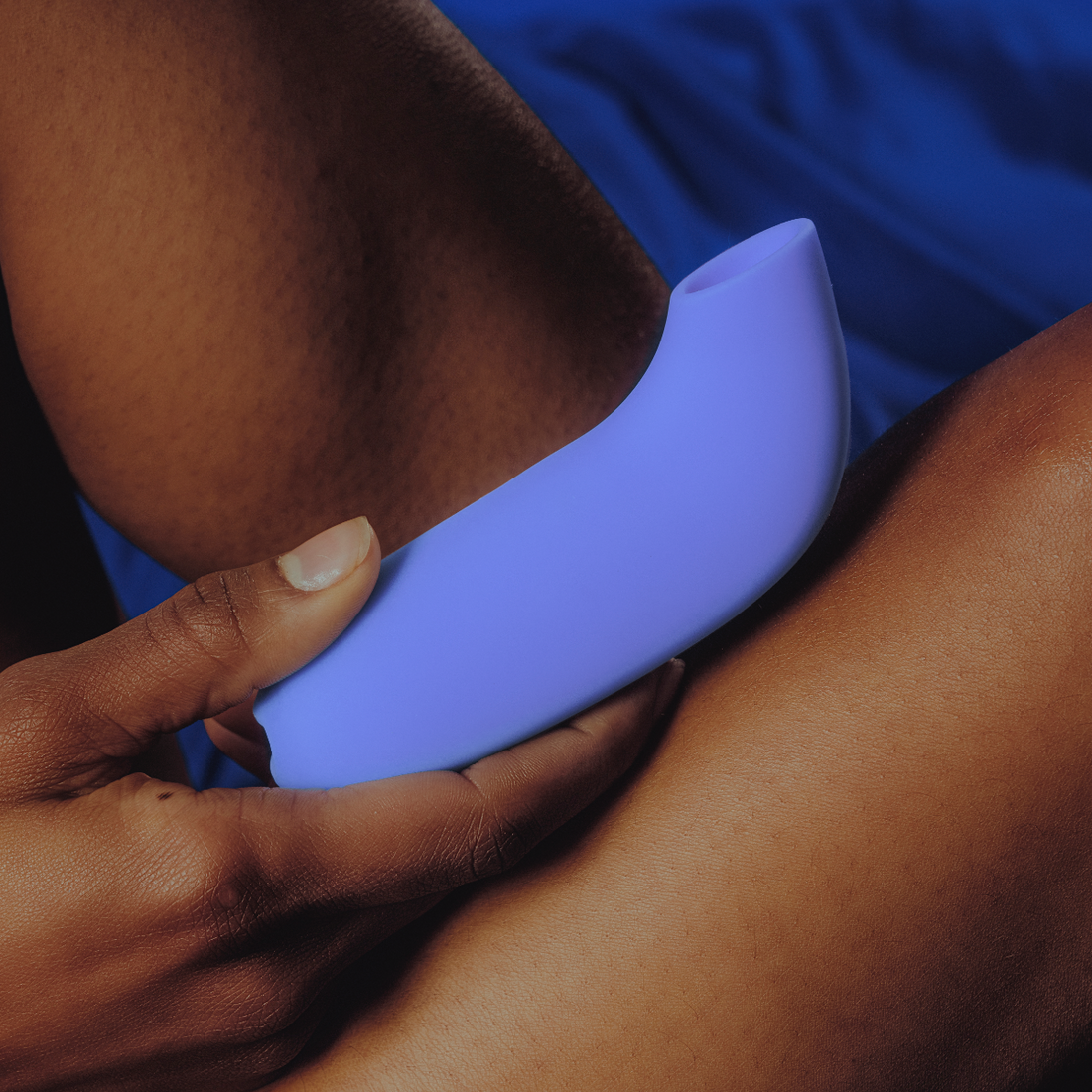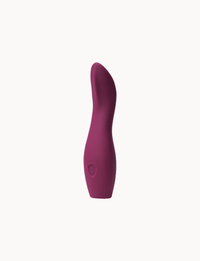“The nice thing about having an annual exam was it was an opportunity for women to come in and have a connection with a provider."Before the recommendations changed from yearly to every three years, young people were getting potentially frightening diagnoses of high-risk HPV, even though they weren’t likely to lead to cancer. The times people should be worried about high-risk HPV, Dr. Park says, is when it lingers and doesn’t clear on its own. And that usually doesn’t become an issue for most people until they’re in their thirties.
So What’s the Problem?
When one considers the risk of HPV only, these newer recommendations make total sense. But what about the other benefits of a pelvic exam? What do we lose by relegating the gyno to a trip every few years? “The nice thing about having an annual exam was it was an opportunity for women to come in and have a connection with a provider,” she says. “That was an opportunity for STD screening and a broader discussion on sexual health.” Reducing the frequency of these appointments, she explains, “might be a missed opportunity for those other interactions.” This resonated with me. I started getting my annual exam at age 15, which is the same year I started having penis-in-vagina intercourse. Neither my doctor nor my mom ever told me that the Pap was for HPV screening; in fact, it wasn’t until I started researching this article that I even realized that was the case. Instead, my mom told me that my vagina and vulva and reproductive organs needed to be checked out annually by the doctor, just like every other part of me. And so, starting at age 15 until I was in my mid-twenties and the recommendation changed, I faithfully got my annual every year.Young people in particular could benefit from more frequent visits with a doctor, even when they’re healthy.When I was a teenager, all of my healthcare was covered by my mom’s insurance. But when I hit my twenties, I was on my own. This was pre-Affordable Care Act, and while I couldn’t imagine paying for a regular physical out of pocket, I knew I could go to Planned Parenthood and get my annual for free. That’s because Planned Parenthood offers care at a sliding scale and my income firmly fit “under the poverty line” for New York City. But the thing is, even though the Pap is undeniably the most memorable (and the worst) part of the annual exam, that’s not all that happened. Every year, the providers at Planned Parenthood were the only people to check my blood pressure, measure my height and weight, ask about my personal relationships and any other health problems. They were truly the only non-emergency healthcare I received throughout my twenties. My annual was also the only time I got tested for STIs, even though there were certainly years when I should have gotten tested more frequently. If I’d been told I only had to come every three years, would I have let that be “enough” for STI testing? Maybe not, considering I never missed an annual, even when I was living abroad for five years. But I can’t say for certain that I absolutely would have gotten tested more frequently, especially considering I didn’t when I undoubtedly should have during my more promiscuous years. While part of me is envious of young people today who don’t have to brave the stirrups every year, I do agree with my mom’s reasoning for getting a gynecological exam more frequently: Our genitals and reproductive organs aren’t just there to potentially get cancer. And young people in particular could benefit from more frequent visits with a doctor, even when they’re healthy. Maybe it’s time to come up with a way to more holistically address everyone’s sexual and reproductive health.




















































